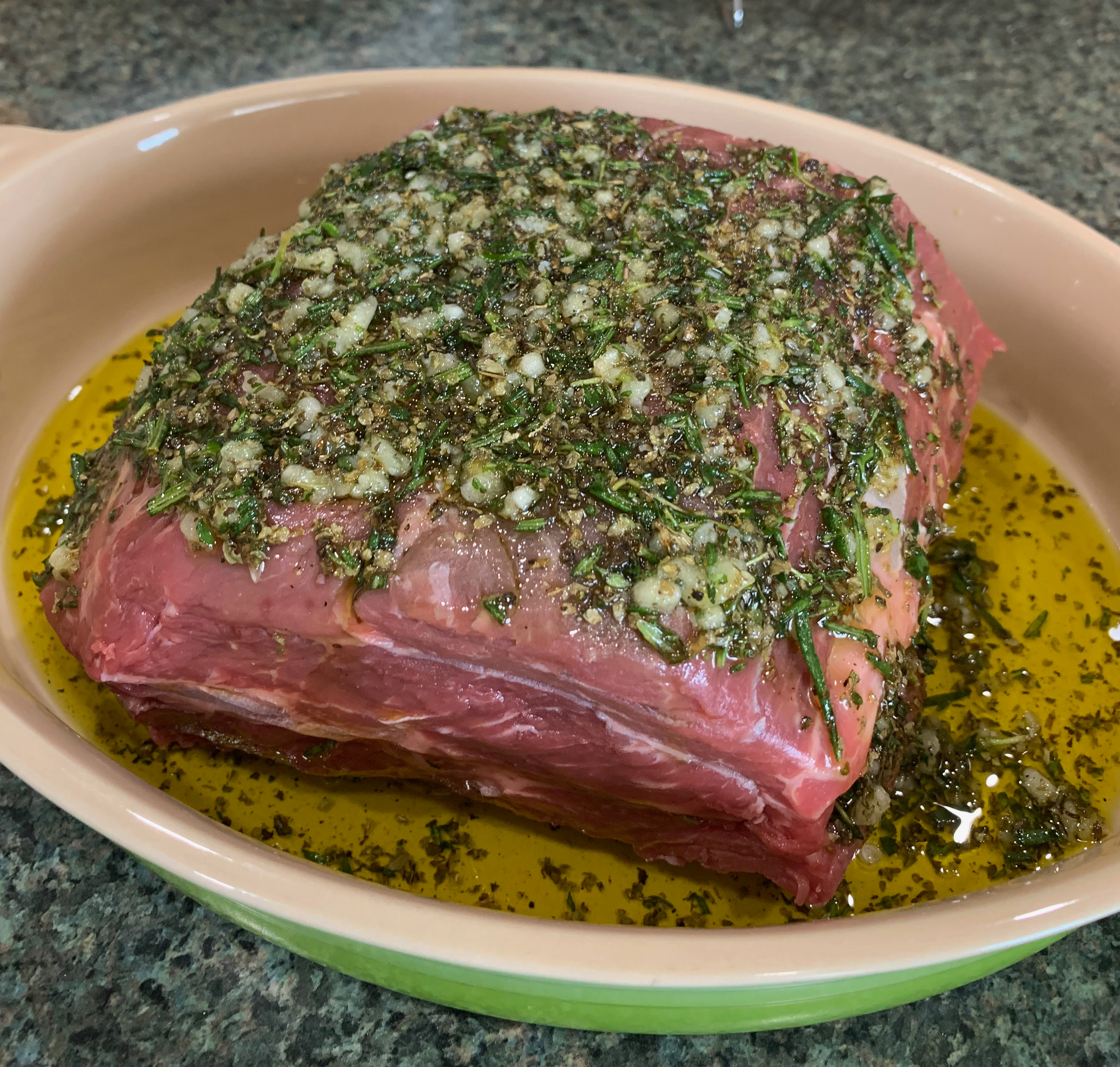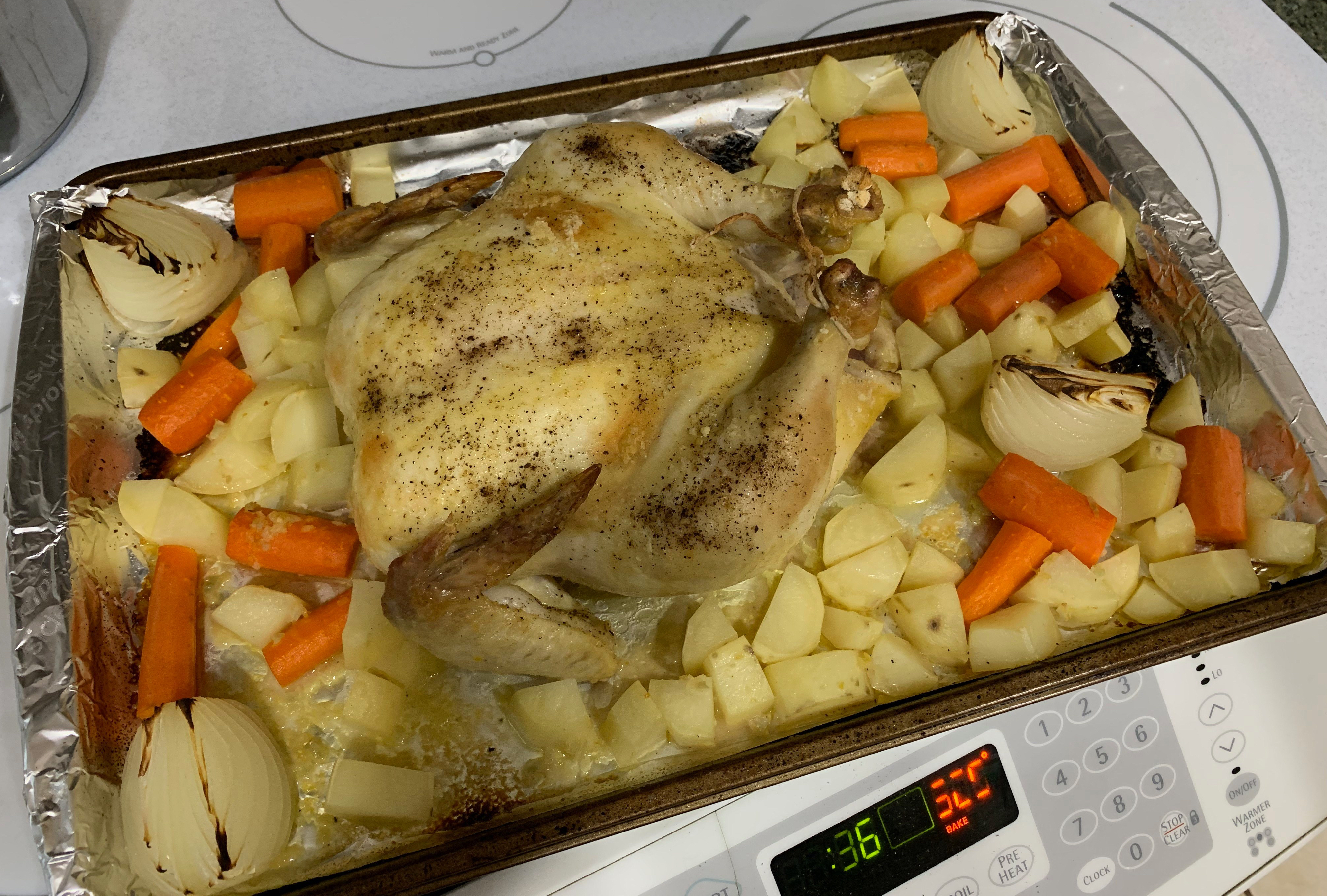I love risotto. Different kinds, different flavors, different things added… but nothing beats a basic risotto, the foundation that all “fancier” risottos start with. There are different ways to make basic risotto, depending on the recipe and the chef, so whichever one you choose depends on your taste and simply what you like best. I like to try different ones just to satisfy my curiosity.
Ingredients:
5 to 7 cups of tasty meat or vegetable stock
4 tablespoons extra virgin olive oil
2 cups (about 10 ounces) fairly fine chopped onion
I cup chopped shallots
1 teaspoon salt
2 cups short-grain Italian rice, Arborio or Canaroli
1 cup white wine
2 tablespoons butter
1½ cups freshly grated Grana Padano or Parmigiano-Reggiano cheese, plus more for the table
Freshly ground black pepper to taste
Pour the stock into a large pot, and bring it almost to a boil. Cover, and keep it hot over very low heat, on a burner close to the risotto pan.
Put the oil, onions, shallots, and half of the salt in a large pan, and set over medium heat. Cook the onions slowly, stirring frequently with a wooden spoon, as they sweat, soften, and gradually take on a golden color, 8 to 10 minutes.
Ladle ½ cup of the hot stock into the onions, stir well, and continue to cook over low to medium heat for another 5 to 10 minutes, by which time the onions should be completely golden nd glistening and the stock will have evaporated.
When the onions are completely devoid of stock, add the rice all at once, raise the heat to medium, and stir constantly. Cook for about 3 minutes, until the rice grains have been toasted, but do not allow them to scorch or color.
Pour in the wine all at once, and cook with the rice for 2 to 3 minutes over medium heat. Stir constantly all around the pan until the liquid has been absorbed. Have the hot stock close by, and be ready to add it with a ladle or measuring cup.
For the first addition, ladle in 1½ to 2 cups of the very hot stock, enough to barely cover the ride; stir it in continuously, all around the pan. Add remaining ½ teaspoon of salt, and stir well. As the initial portion of stock absorbs, slowly add a ladle or two of the hot stock and stir continuously to make sure the rice cooks evenly. Repeat this process until you’ve added at least 5 cups of the very hot chicken stock. Lower the heat, if necessary, to maintain a very gentle perking.
After the addition of at least 5 cups of stock, you can taste and gauge the degree of doneness of the rice kernels and the fluidity of the creamy suspension. Whenever you find the rice grains pleasantly al dente and the risotto creamy, you can choose to stop cooking. Or you may incorporate more stock, up to about 7 cups total, if you want a softer, looser risotto. When you are satisfied, turn off the heat.
Stir frequently at first, and then constantly as the risotto thickens. Make sure the spoon is reaching into all the corners of the pan, so everything is constantly being stirred. When all the stock has been absorbed, the risotto is harder to stir (the bubbling sounds thicker, too), and the pan bottom is visible, ladle in another cup of stock. (If you are flavoring your risotto with a sauce, stir it in t this point.) Keep track of how much liquid you have added.
Remove from heat, and stir in the butter. Stir in grated cheese and freshly ground pepper to taste, whisking with a wooden spoon. When it’s nice and creamy, serve the risotto immediately in heated bowls, with more grated cheese at the table.





















